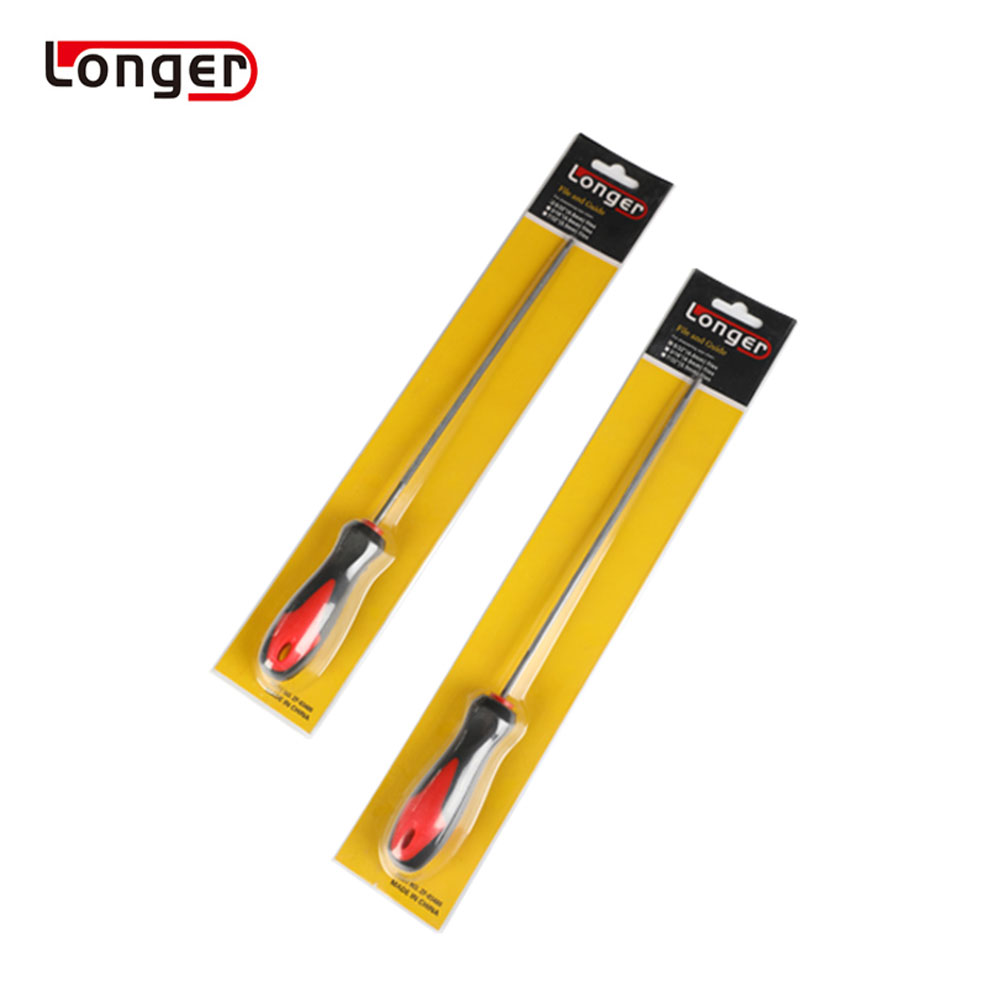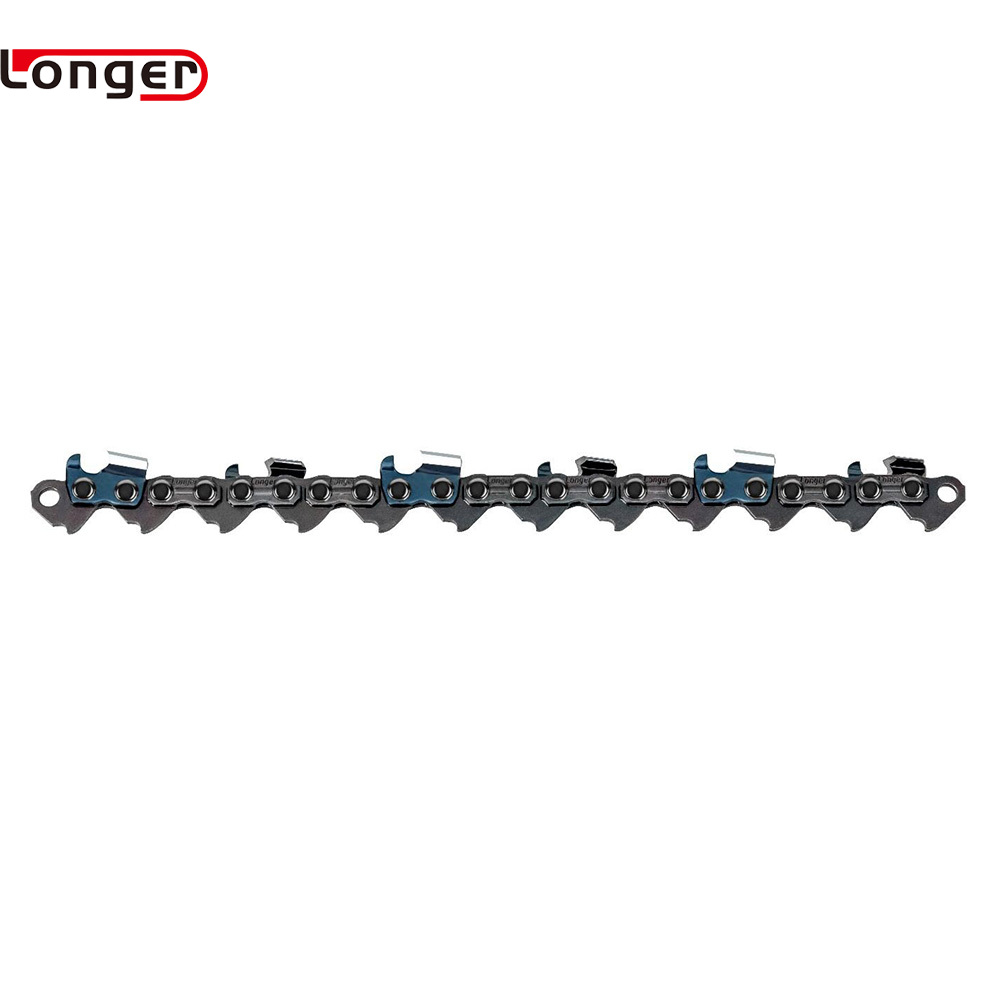Chainsaws are a tool that requires care and understanding to perform well. Different configurations of pitch, gauge and cutter style create chainsaw chains that fit a range of needs and user skill levels.
The right saw chain will keep your cuts clean and efficient while reducing fatigue on the operator. Before selecting a chain, find out about the three key parameters to consider: pitch, gauge and number of drive links.
Pitch
Chain pitch refers to the distance between a chain's drive links. A chain with a higher pitch will have wider drive links and will cut at a faster rate than one with a lower pitch.
A chain's pitch can be determined by looking at the manufacturer's stamp on the side of a chain's "driver" link, which is hidden when the chain is mounted on its bar. The number or letter stamped on the driver link will identify the chain's pitch and gauge, which must match the saw's bar and sprocket.
The gauge of a chain refers to its thickness and must match the bar's guide-bar groove size. Normally the chain's gauge is stamped on the bar or in the operator's manual. A worn chain can sometimes be difficult to accurately measure, in which case you will need to look at the number stamped on a single drive link to determine its gauge. Most replacement chains have the gauge information printed right on the packaging.
Gauge
Chain gauge refers to the thickness of a chain’s drive links as seen from the bottom side. This determines how snugly the chain fits into a guide bar, and it must match for safety and proper operation.
Carbide chains are engineered to be more durable in environments that would quickly degrade a conventional chain, such as sand or dirt. They are also a good choice for use in applications that require low kickback, such as milling timber.
Full-chisel chains space two chain link segments between each cutting tooth, making them a fast-cutting option that performs well in softwood. They’re best suited for consumer and semi-pro chainsaws, and they’re generally recommended for saws with bars up to 24 inches long.
Number of Drive Links
The number of drive links in your chain determines how much power it requires to cut. The chain's cutting teeth are attached to a series of drive link tangs which fit into the guide bar's grooves. When the saw blade cuts, it pushes these tangs into the wood, driving the chain around the guide bar.
The size of the tangs is determined by the chain's gauge, which is measured by measuring the distance between three consecutive rivets and dividing it by two. The gauge of the chain must match that of the guide bar's grooves in order for the saw to cut properly.
Count the number of drive links in your current chain and note that chains are sometimes listed by their total number of drive links rather than their individual number. This is normal and helps to keep the number of search results down once you have found the correct measurement. You can also narrow your search results by using the Narrow Search by: buttons when you have selected a pitch, gauge and the number of drive links that you've counted on your chain.
Aggression
A chain’s cutting speed depends on a number of factors, including the cutter type and the chain arrangement. The most aggressive chains usually feature full chisel cutters on a full or skip chain. They cut fast, and are used by professional loggers and construction crews. But this aggressiveness can also cause dangerous kickback, and these chains must be operated with extreme caution.
A full chisel chain features alternating pointed and round cutter teeth that force the material out of the way. The square corners of a full chisel chain can be a little rough on the saw and may dull more quickly in dirty conditions, but this kind of chain can cut through wood amazingly fast. And it’s a good choice for aggressive applications such as felling large trees or clearing lots of brush. This chain is also a great choice for bucking large logs, and it’s typically used on chainsaw bars 24" or longer.










